Located in the northeastern part of India, Meghalaya is a state that harbours many natural wonders, lush greenery, and diverse wildlife. So, whether you are a nature lover or an adventure enthusiast, wildlife sanctuaries in Meghalaya are going to catch your attention. These sanctuaries not only house wilderness but also aid in the preservation of the unique flora and fauna of the state, providing you with an opportunity to experience the unexploited beauty of nature. Let’s have a look at the essential information you may need to plan an unforgettable and adventurous visit to these sanctuaries.
Top 7 Wildlife Sanctuaries In Meghalaya
Explore the top wildlife sanctuaries in Meghalaya to witness rare and exotic flora and fauna in its lush forests.
1. Nongkhyllem Wildlife Sanctuary

Photo: Dineshkannambadi / Wikimedia Commons / Image For Representation Only
The Nongkhyllem Wildlife Sanctuary is situated in the Ri-Bhoi district and is undoubtedly one of the top wildlife sanctuaries in Meghalaya. The sanctuary carries with it quite an array of flora, comprising some of the rare orchids and medicinal plants. A whole paradise for birdwatchers, the Rufous-necked Hornbill and White-winged Duck grace its precincts. Himalayan Black Bears and Clouded Leopards are some of the mammals that add to the variety found in this sanctuary. The serenity of this environment and the richness of wildlife will soothe the nature lover and adventure junkie in you.
Entry Fees: ₹50 for adults, ₹20 for children
Location: Ri-Bhoi district, Meghalaya 793102
Best Time To Visit: October to May
Suggested Read: Top Things To Do In Guwahati For Every Traveller
2. Balpakram National Park
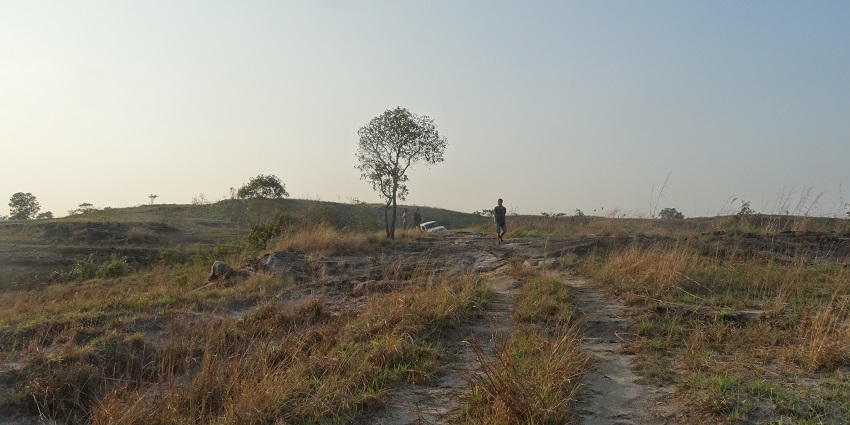
Photo: James Gabil Momin / Wikimedia Commons
Balpakram National Park, commonly referred to as the ‘Land of Spirits’, is among the best wildlife sanctuaries in Meghalaya. This mystic park is well-known for its deep gorges, green valleys, and mysterious formations of nature. It is home to a wide range of endangered species, like the Red Panda, the Indian Elephant, and the Bengal Tiger. Its unique terrain and rich biodiversity characterise it as a hub for wildlife enthusiasts. Panoramic views in its huge landscapes are coupled with experiences of cultural myths and legends in this region.
Entry Fees: ₹100 for adults, ₹50 for children
Location: South Garo Hills, Meghalaya 794102
Best Time To Visit: November to March
3. Siju Wildlife Sanctuary
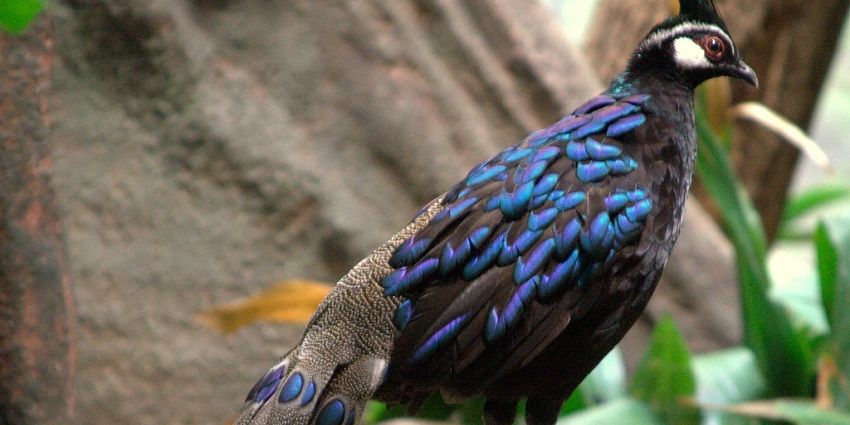
Photo: Photo: Dante Alighieri / Wikimedia Commons / Image For Representation Only
Located in the South Garo Hills, the Siju Wildlife Sanctuary happens to be one of the major wildlife sanctuaries to visit in Meghalaya. Some of the prime attractions in the sanctuary include the Siju Caves Meghalaya, more famously known as the Bat Cave, which happens to be one of the longest caves in India. It is a bird-watcher’s paradise because of the varieties of rare and exotic birds that can be found here, like the Peacock Pheasant and Grey Hornbill. The thick forests and picturesque landscapes create a peaceful ambiance for you to delve deeper into the natural beauty of Meghalaya.
Entry Fees: ₹30 for adults, ₹10 for children
Location: South Garo Hills, Meghalaya 794102
Best Time To Visit: December to February
Suggested Read: Places To Visit Near Guwahati For An Extra Special Trip To Assam
4. Nokrek National Park
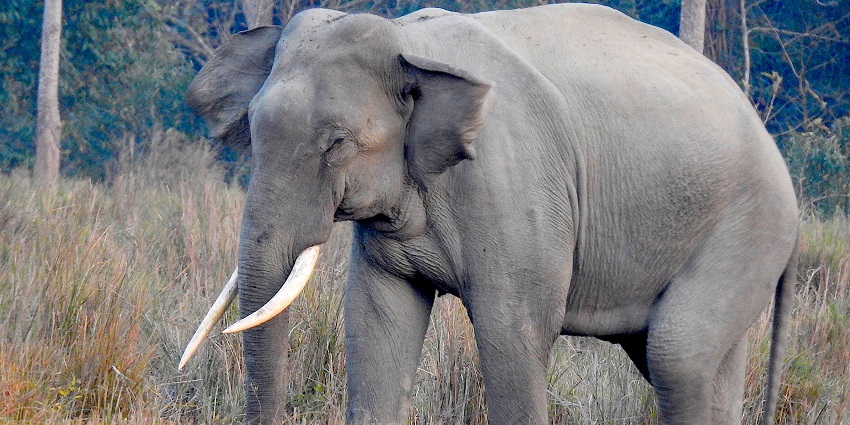
Photo: Aparajita Datta / Wikimedia Commons / Image For Representation Only
Nokrek National Park is one of the most famous wildlife sanctuaries in the region. It is situated in the West Garo Hills and is a UNESCO Biosphere Reserve. The place is famous for its flora and fauna, including the rare Red Panda, the Asian Elephant, and the Hoolock Gibbon. The nature lover in you would love this place because of its thick forests and silent environment. With its unspoiled beauty and rich biodiversity, the wilderness of this sanctuary leaves you with a unique feel.
Entry Fees: ₹60 for adults, ₹30 for children
Location: West Garo Hills, Meghalaya 794101
Best Time To Visit: October to April
5. Baghmara Pitcher Plant Sanctuary
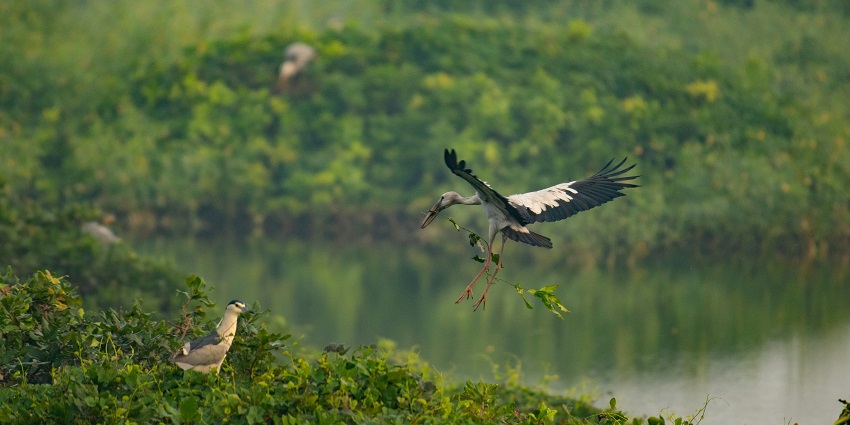
Photo: Sreenivas / Unsplash / Image For Representation Only
One of the unique Meghalaya wildlife sanctuaries, situated in the South Garo Hills is the Baghmara Pitcher Plant Sanctuary. The sanctuary sprawls over a vast area, providing a habitat for different flora and fauna species. It happens to be among the finest places for ecotourism and presents a very rare view of these unique and interesting plants. The place is lush green; offering you a chance to enjoy bird watching and get enlightenment regarding the ecological role of pitcher plants in the conservation of local biodiversity.
Entry Fees: ₹40 for adults, ₹15 for children
Location: South Garo Hills, Meghalaya 794101
Best Time To Visit: October to March
Suggested Read: Places To Visit In Guwahati At Night
6. Narpuh Wildlife Sanctuary
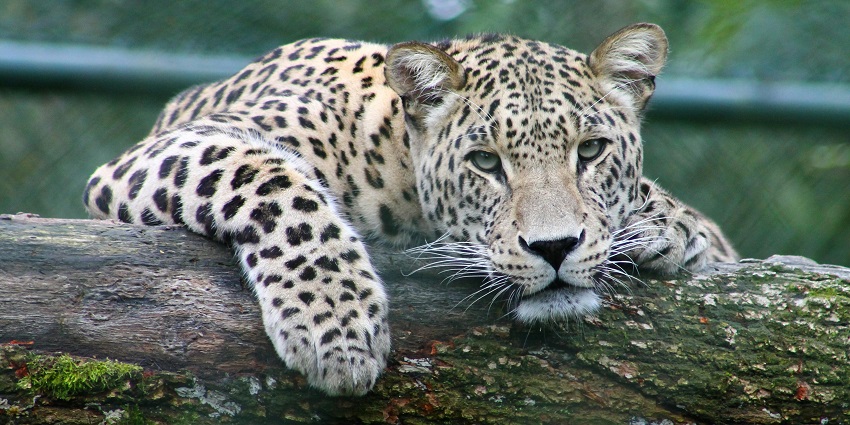
Photo: Gwen Weustnik / Unsplash / Image For Representation Only
The Narpuh Wildlife Sanctuary, lying in the East Jaintia Hills District of Meghalaya, India, covers an area of 59.9 square kilometres with a vast stretch of biodiversity. The sanctuary is marked with thick forests, along with profuse flora and fauna. It inhabits several endangered species, including the Hoolock Gibbon, Clouded Leopard, and many varieties of birds. This place is characterised by lush greenery and a serene environment, which is ideal for wildlife enthusiasts, bird watchers, and nature lovers like you.
Entry Fees: ₹50 for Indian nationals; ₹100 for foreigners
Location: East Jaintia Hills 793109
Best Time To Visit: October to May
7. Garo Hills Elephant Reserve
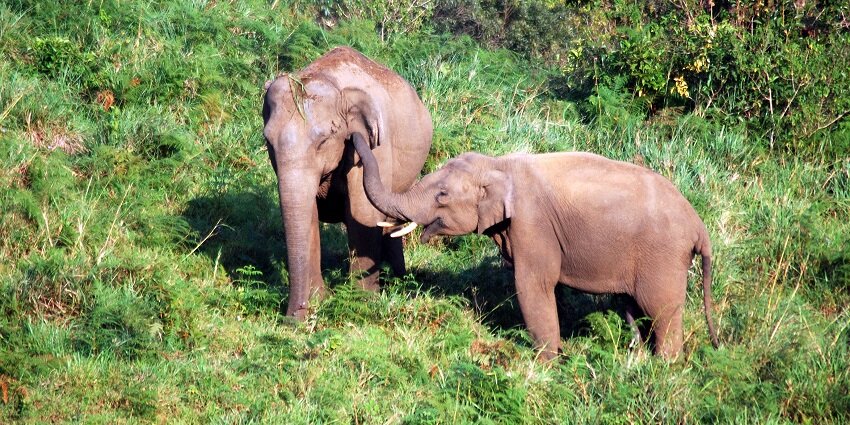
Photo: Arun Suresh / Wikimedia Commons / Image For Representation Only
Spanning over an area of approximately 1,200 square kilometres in the Garo Hills area of Meghalaya state, the Garo Hills Elephant Reserve boasts a mixed habitat of dense forests, grasslands, and river valleys. The reserve is established for elephant conservation and their habitat protection. It is an important corridor for migrating elephants across the regions and sheltering other wildlife like the tiger, deer, and many varieties of birds. Thus, it plays an important role in conserving the unique biodiversity of the Garo Hills and will provide you with an opportunity for eco-tourism and wildlife observation.
Entry Fees: ₹50 for Indian nationals, ₹100 for foreigners
Location: Garo Hills, Meghalaya 794105
Best Time to Visit: October to April
Suggested Read: Things To Do In Silchar Where The Nature’s Beauty Is At Its Peak
Meghalaya’s wildlife sanctuaries constitute a rich heritage of its natural beauty and biodiversity. From the mystique landscapes of Balpakram National Park to the fascinating pitcher plants of Baghmara Pitcher Plant Sanctuary, the wildlife sanctuaries in Meghalaya are going to bewitch you like never before. Plan your trip with TripXL, and get ready to explore the wilds of Meghalaya. These wildlife sanctuaries guarantee you an unforgettable adventure amidst nature’s best-kept secrets.
Cover Photo: Simon Rizzi / Pexels / Image For Representation Only


 WhatsApp
WhatsApp
 Twitter
Twitter









